
Cannabis Pests: How To Deal With Slugs And Snails
Pest control is a super important part of growing cannabis. And while they might seem harmless, slugs and snails can cause a lot of damage to your cannabis plants. Here's how to identify, prevent, and eradicate them.
Slugs and snails might gross some people out, but they are essentially harmless. In the cannabis garden, however, they can quickly become a nuisance as they feast on your plants, causing physical damage that leads to stress, stunted growth, and reduced yields.
In this article, we’ll share our top tips to help you protect your cannabis plants from snails and slugs.
Are Slugs and Snails the Same?
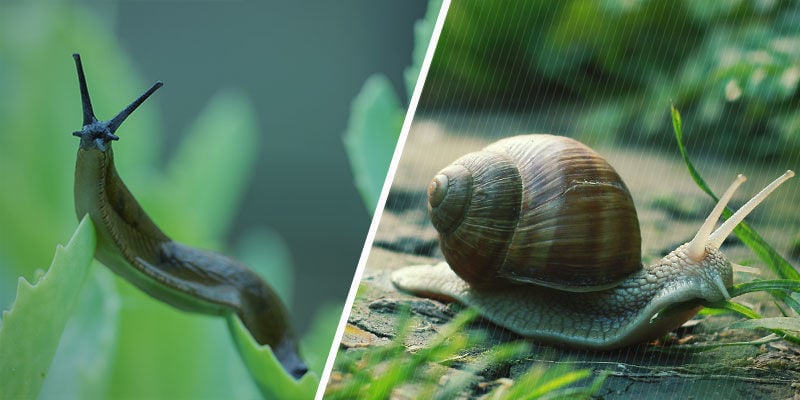
While they might look similar, snails and slugs are technically two different animals. Both are mollusks (soft-bodied animals) and can be found all around the world.
One of the biggest (and most obvious) differences between slugs and snails is that snails have a shell, while slugs don’t. Snails use their shell to protect themselves from heat and predators, and can actually enlarge their shells as they grow.
Slugs, on the other hand, don’t have a shell, and have distinct straight bodies (whereas snails have a coiled body underneath their shell). Both snails and slugs are considered pests by gardeners around the world, mainly because they feed on healthy foliage.
How To Spot Slugs and Snails on Cannabis Plants
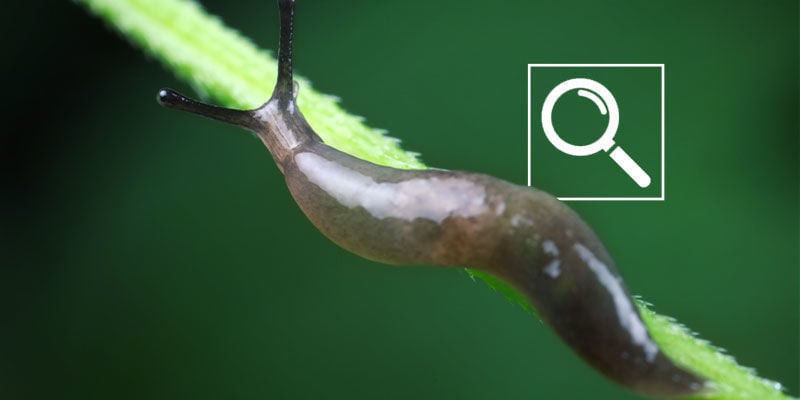
Snails and slugs feed on cannabis leaves, so one of the simplest ways to know you’re dealing with a snail/slug problem is finding partially eaten leaves or stems. If that's the case, doing a little surveillance at night with a torch should be enough to find them lurking around.
In fact, you should consider doing this as a preventive measure when your plants are still in the seedling phase, as they're more vulnerable at this time; and once you see the damage, it could be too late already.
Both snails and slugs leave a slimy secretion where they’ve crawled, which is easiest to spot in the morning. Some other ways you can tell slugs/snails have been around include:
-
Large holes in tender leaves and buds, sometimes with “scalloped” edges.
-
Sightings of actual snails and slugs on your plants, in the soil, or around other parts of your garden.
-
Snail/slug eggs in moist soil or compost. The eggs are small, round, white, and look a lot like balls of silica gel.
-
Set a trap. Dig some small holes (roughly 15 centimetres deep and 10 centimetres wide), and cover with a piece of wood, plastic, or cardboard. Check the holes in 2–3 days to see if there are any snails or slugs inside (they love to hide in dark, damp parts of the garden).
How To Get Rid of Slugs or Snails on Cannabis
If you’ve discovered a few snails and/or slugs in your garden, you’ll be happy to know there are a few different ways to deal with them.
Remove Slugs and Snails Manually
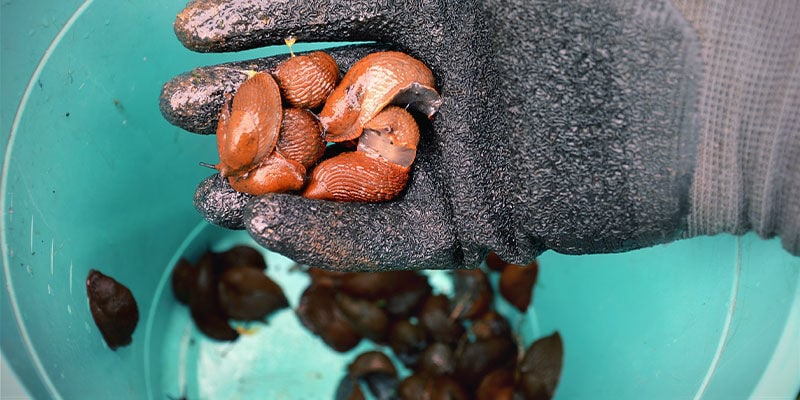
This is, by far, the easiest and most obvious way to deal with these pests in your cannabis garden. Personally, we also like this method because it doesn’t harm the little critters in any way, as long as you handle them gently.
One way to make things easier is to leave some logs or curved roof tiles around your plants so slugs and snails can shelter from the sun during the day. Then, you would only need to check these spots periodically to remove them from your garden.
There is, however, one major downfall to using this technique; it's not a permanent solution. Not only will more snails and slugs just find their way to your garden, but there’s a good chance that the slugs you remove have already laid eggs in the soil around your plants, which will hatch in a few weeks.
If you’re patient and have enough time to regularly dedicate to your garden, simply removing snails and slugs when they appear might be enough to protect your garden. If you don’t have the time or you're dealing with a larger snail/slug infestation, however, we recommend using one of the more permanent techniques outlined below.
Use Nematodes
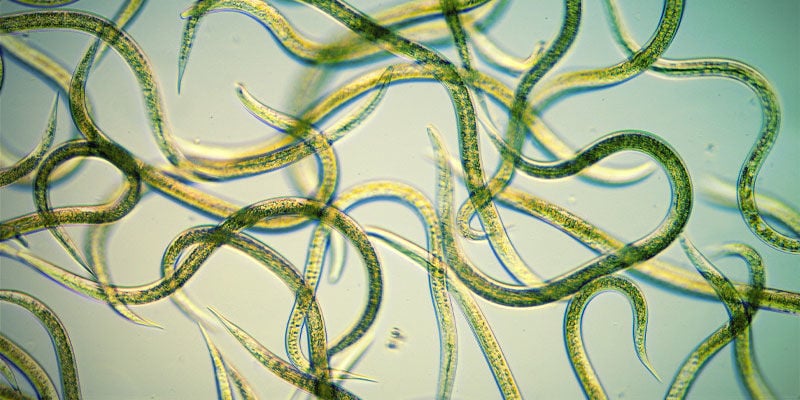
Using nematodes to control snail or slug populations in your garden can be very effective, especially if you’re dealing with a larger infestation. Nematodes are small roundworms that are naturally present in water, soil, and many parts of the environment. In fact, nematodes are believed to represent over 80% of the total number of multicellular animals on Earth.
Gardeners looking for a simple, organic, and safe way to combat both snails and slugs should look into buying Phasmarhabditis hermaphrodita, a specific variety of parasitic nematode that attacks and kills snails and slugs within a matter of days.
These nematodes live in soil and enter a snail/slug via its respiratory tract. Once inside, the nematodes begin secreting a bacteria that slowly kills the pest from the inside. The entire process takes about 7 to 10 days.
Using nematodes to defend your cannabis plants is pretty effective, completely natural, and doesn’t involve the use of any chemical pesticides. This means it won’t do any damage to your plants or their precious buds. It’s also non-toxic, both to humans and the environment.
Encourage Natural Predators

Nematodes aren’t the only friendly predator you can use to control the snail and slug population in your cannabis garden. Many other animals feed on these tiny creatures, and allowing them to roam around your garden is one of the most effective, natural ways to help protect your plants.
Some common predators of snails and slugs include:
-
Beetles
-
Toads
-
Frogs
-
Salamanders
-
Small mammals like mice, shrews, hedgehogs, and squirrels
-
Birds, especially ground-foraging species
-
Firefly larvae
If you’re growing outdoors (which is likely the case, as snails/slugs are far less common in indoor grow rooms or tents), you may not have to actively introduce these species into your garden; they may already be present (depending on where you live). On the other hand, buying predatory insects like beetles from your local garden centre can be a simple way to start introducing natural snail/slug predators into your garden to protect your plants.
How To Prevent Slugs and Snails on Cannabis
At Zamnesia, we’re big fans of preventing pests rather than attacking them. And while it might seem tricky, it’s not; with these simple tips, you can easily help prevent the spread of pests like slugs/snails, and many others, in your cannabis garden.
Try Companion Planting
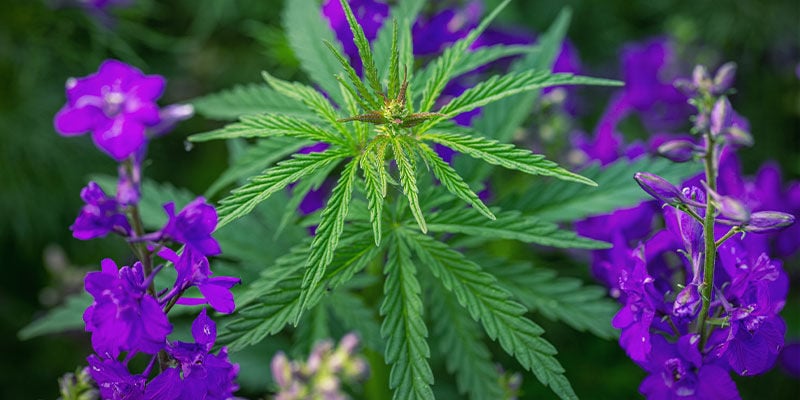
Companion planting is probably one of our favourite ways to deal with cannabis pests. Not only is it natural, but it also helps build a strong ecosystem that's great for your local environment.
Companion planting works on a few different levels. First of all, it creates a varied, biodiverse ecosystem that automatically makes it harder for pests to thrive. Most pests thrive in gardens or farms with a single plant species. In fact, companion plants can boost the number and variety of healthy microorganisms in your soil and garden, naturally repelling pests and fighting nasty pathogens like moulds and fungi.
Second, companion planting uses natural terpenes to help prevent pests. Plants such as lavender, basil, lemon balm, chamomile, coriander, and dill all produce very strong terpenes that naturally repel many common cannabis pests.
Build Barriers
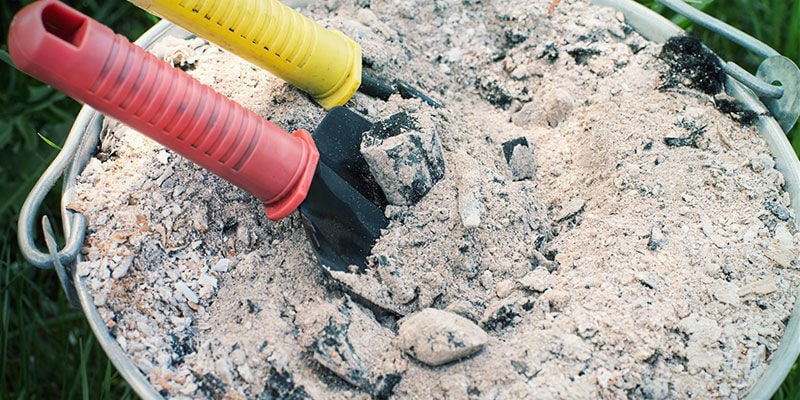
Another simple yet effective way to prevent slugs and snails in your cannabis grow is to use physical barriers. The way you do this is completely up to you, and will depend on the size and shape of your garden, as well as your budget. Below you’ll find a list of materials that work great at repelling slugs and snails.
Barrier Materials
-
Coffee: Sprinkling rings of coffee around your plants or their pots works to repel slugs.
-
Copper bands: Copper is believed to react with the slime that snails and slugs produce, shocking their nervous system. The best way to use copper for this purpose is to set up a vertical copper screen around the base of your plants. Alternatively, you can also use copper foil and wrap it around the trunks of your plants or the rims of their pots.
-
Crushed eggshells, wood ash, or sand. Any kind of dry, gritty substance can help keep snails and slugs out of your cannabis garden because the critters find the dryness repelling. Some alternatives include perlite, sawdust, and diatomaceous earth. Note that all of these barriers only work while they are dry. Rain or wind will quickly render them ineffective.
Avoid Watering at Night
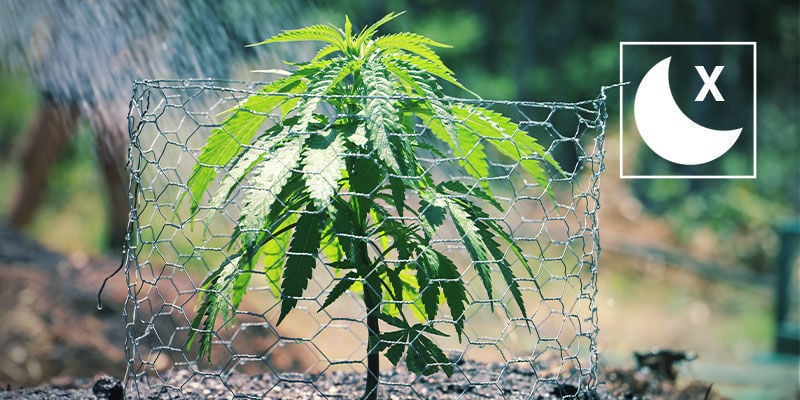
Slugs and snails move around at night and love wet environments. Hence, a simple way to prevent them is to water your plants early in the morning, giving the soil time to dry out during the day and making your garden less appealing to our slimy enemies.
Make DIY Beer Traps
Old gardening tricks don't always work, but this one really does! Slugs and snails are attracted to the yeast in beer, so pouring a few cans of inexpensive beer into plastic containers can help attract, trap, and kill slugs and snails around your garden.
Commercial Slug and Snail Repellents
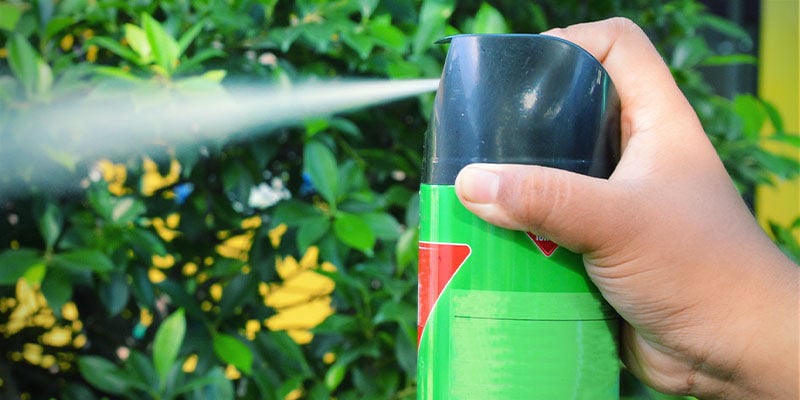
Commercial slug/snail repellents are quite effective. There are many brands out there, so make sure to consult with someone at your local gardening centre or research different brands online to find the one that best suits your needs.
At Zamnesia, we’re fans of organic cannabis cultivation, and always recommend using organic products in your grow to produce a superior product. For this purpose, we recommend organic slug pellets based on iron phosphate, as they are an effective, safe, and sustainable method to deter slugs and snails.
There you have it; while snails and slugs are harmless creatures to humans, they can quickly become a nuisance in an outdoor cannabis grow. If you’re dealing with a slug/snail problem in your garden, make sure to follow the tips we’ve covered here and pass this article on to any other cannabis grower you know who’s dealing with these menaces!
-
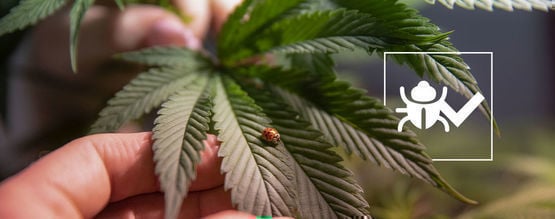 5 min
23 February 2024
Insects That Can Help Grow Better Cannabis
Not all insects are intent on chewing your weed plants to pieces. On the contrary, many types of insects inadvertently defend cannabis plants from attack. As a grower, you can recruit the likes of...
5 min
23 February 2024
Insects That Can Help Grow Better Cannabis
Not all insects are intent on chewing your weed plants to pieces. On the contrary, many types of insects inadvertently defend cannabis plants from attack. As a grower, you can recruit the likes of...
-
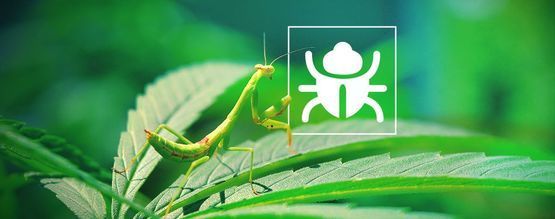 18 min
13 June 2019
Pesky Bugs And Insects
The cannabis cultivator is locked in a cold war with all kinds of creepy crawlies. Like it or not, it is the grower’s duty to ensure this war never turns hot. However, despite one’s best efforts...
18 min
13 June 2019
Pesky Bugs And Insects
The cannabis cultivator is locked in a cold war with all kinds of creepy crawlies. Like it or not, it is the grower’s duty to ensure this war never turns hot. However, despite one’s best efforts...
-
 4 min
14 December 2018
Top 5 Natural Pest Repellents For Cannabis
Make sure your organic marijuana beauties stay that way. These top 5 organic pest control methods will ensure your weed remains natural and untouched by nasty chemicals.
4 min
14 December 2018
Top 5 Natural Pest Repellents For Cannabis
Make sure your organic marijuana beauties stay that way. These top 5 organic pest control methods will ensure your weed remains natural and untouched by nasty chemicals.





 United States
United States











